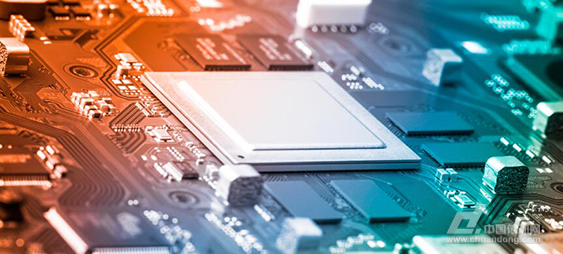[Japanese media: Why can't China create a decent semiconductor? Recently, the "Japan Times" to "why can't China create a decent semiconductor? †wrote a review article, the following is the text of the article:
Ma Yun, a commercial tycoon, said that he wants to manufacture domestic semiconductors for China. This is a long-term goal of the Chinese government. This has become even more important now that the United States has recently controlled the export of some technologies. The question is whether China will eventually overcome the challenges after decades of failure.

Semiconductors are the basic building blocks of electronic products and are used in everything from mobile phones to supercomputer servers. China has long mastered the ability to manufacture finished products from semiconductors produced elsewhere, but at best it is only assembled. China wants to be the creator of products and ideas, especially in frontier industries such as self-driving cars. For this reason, China needs its own semiconductor.
But the challenge is not small. China is currently the world's largest chip market, but only 16% of domestic semiconductors are domestically produced. China imports about 200 billion U.S. dollars in chips each year—more than oil imports. In order to develop the local chip industry, the government reduced taxes for relevant companies and plans to invest up to US$32 billion in hopes of leading the world in chip design and manufacturing.
The earliest semiconductors in China were produced in 1956, when the technology was introduced in the United States. When China reopened its business in the 1970s, officials quickly realized that semiconductors were a key part of the future market economy.
But there are obstacles almost from the beginning. Early ideas of the Chinese government included the introduction of Japan's outdated second-hand semiconductor production line. However, due to bureaucratism, delays in shipments, and lack of users of Chinese-made chips, China's development of the chip industry from zero in the 1990s stalled at a high price.
Another disadvantage is the lack of capital. For decades, labor-intensive industries have become a way for China to become rich. It has attracted entrepreneurs and official investment. In contrast, manufacturing semiconductors requires billions of prior investments, which may take 10 years or more to take effect. In 2016, Intel’s R&D investment alone reached US$12.7 billion. Few Chinese companies have such financial resources or experience to make such rational investment. Central planners often also contradict the kind of risky, far-sighted investment.
China seems to have recognized this problem. Since 2000, it has shifted from subsidizing semiconductor R&D and production to equity investment and hopes that market forces will play a greater role. However, there are still problems with the distribution of funds. In recent years, the government has been promoting investment in semiconductor factories, many of which lack adequate technology. And those who finally started may very well lead to excessive storage chips, which will bring financial problems to the domestic industry.
Perhaps the biggest long-term challenge China faces is technology acquisition. Although Beijing hopes to build the local chip industry from scratch, the best products still lag behind the United States one or two generations. A reasonable approach is to purchase technology from, or form a partnership with, US companies. This is also the path taken by leading companies in Japan and South Korea. However, China cannot do that. China’s acquisition of US semiconductor companies is often rejected for security reasons. Japan and South Korea also took similar rigorous trials on Chinese purchases.
Despite all kinds of obstacles, in recent years China has made considerable progress. Some Chinese companies design semiconductors for mobile phones and other technology products, and then outsource production to foreign factories. At the same time, China has invested heavily in related factories to provide key experience for managers, engineers and researchers. All this will not bring shortcuts, but it may become a constituent element of an industry that China has not built for half a century.
Liquid Crystal Display For Vehicle Use
Dongguan Yijia Optoelectronics Co., Ltd. , https://www.everbestlcdlcms.com